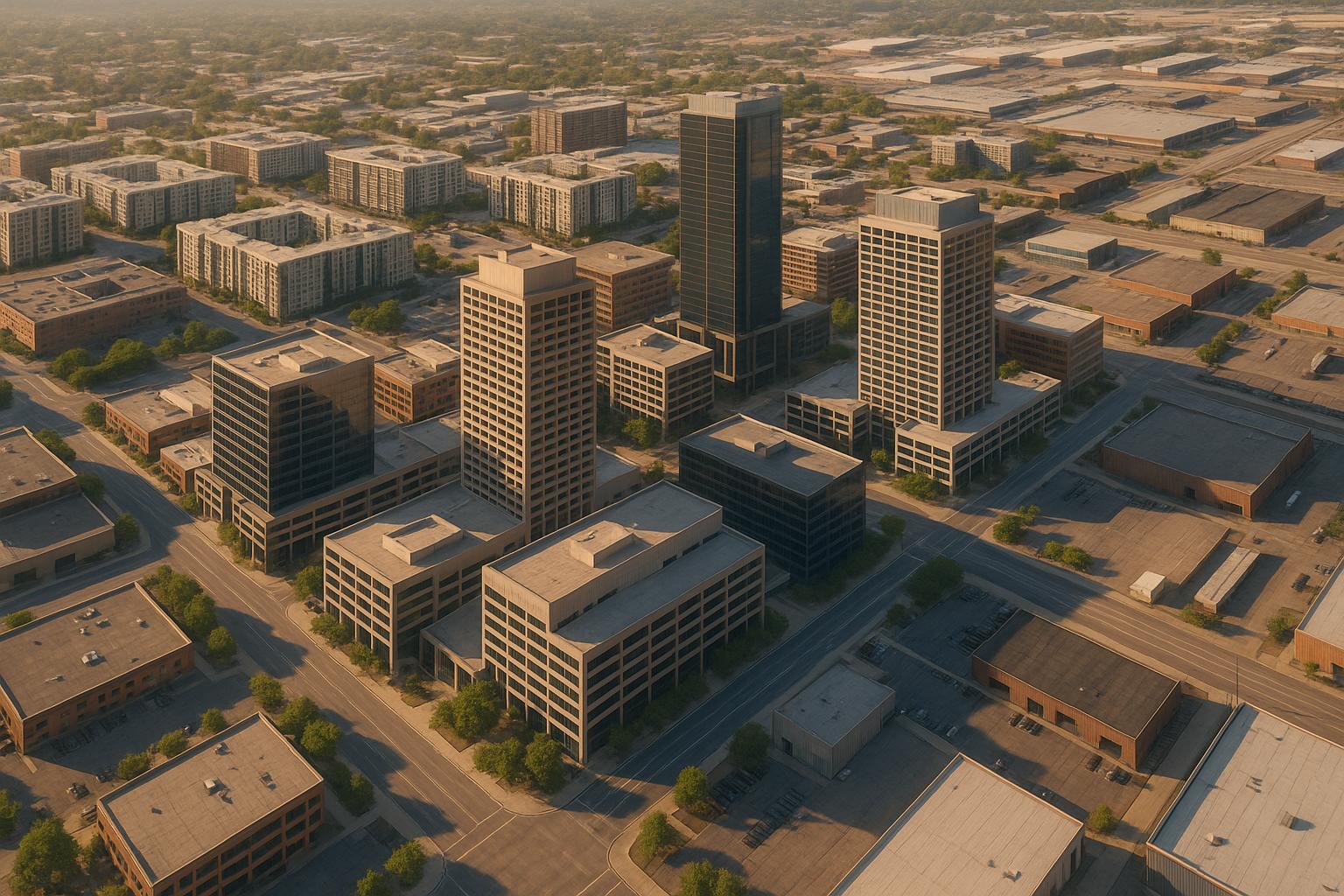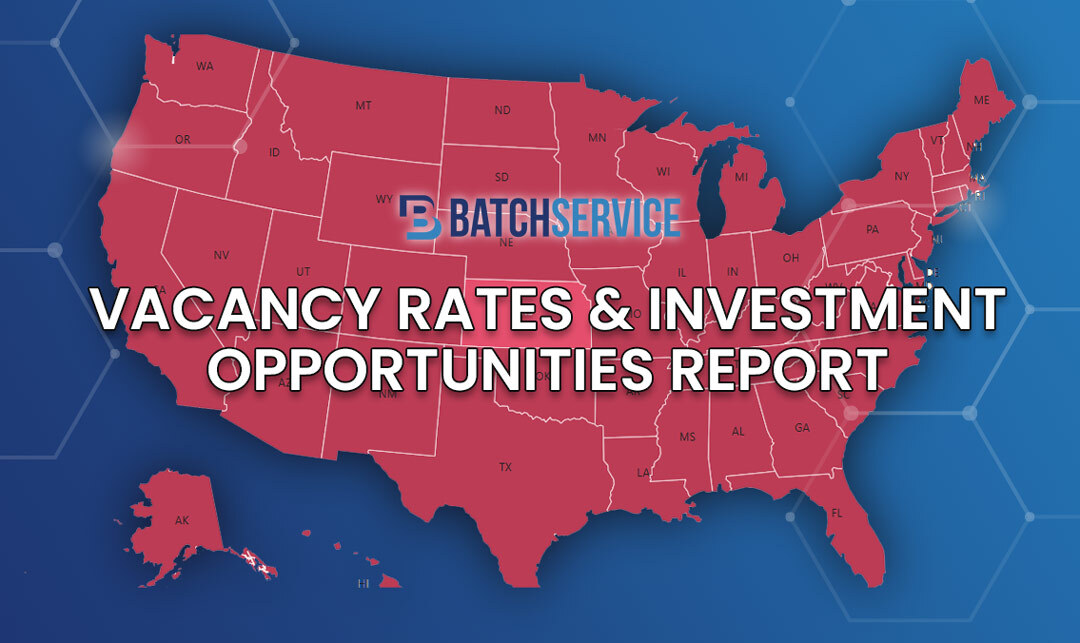As the commercial real estate industry continues to navigate a climate of economic uncertainty, professionals and organizations are striving to understand emerging trends and market shifts. The latest insights from Raymond Wong, Vice President of Data Solutions at Altus Group, provide a comprehensive lens into the challenges and opportunities shaping the industry in 2025. Drawing from data and observations across Canada, Wong highlights pivotal trends influencing investment, industrial, multifamily, and office markets while reflecting on broader economic factors like inflation, tariffs, and shifting consumer demands.
This article breaks down the significant takeaways from the discussion, offering actionable insights for real estate professionals, investors, and organizations keen to stay ahead in a competitive environment.
The State of Commercial Real Estate in 2025: A Market in Flux
The commercial real estate market is battling a confluence of factors that influence investment decisions and transaction volumes. According to Raymond Wong, global uncertainty, inflationary pressures, and shifting market fundamentals have collectively created a cautious environment for real estate players. Despite these challenges, there are notable bright spots, particularly in certain asset classes and regions.
Investment Activity: A Cautious Recovery
Investment activity in Canada has seen a slight dip compared to 2024. For the first half of 2025, total investment volumes dropped from $29 billion in the previous year to $23.8 billion. However, in certain regions like Vancouver, the decline has been less pronounced, with investment levels remaining relatively stable. This stability suggests an underlying resilience in the market, bolstered by strategic investor confidence.
Key Insight: The reduced pace of transactions stems from lagging data tied to closed deals. Lingering hesitation among investors – coupled with challenges like high interest rates – has led to a slower market. However, as certainty improves in the latter half of 2025, activity is expected to pick up.
Trends in Key Sectors: Industrial, Multifamily, and Retail
Each commercial real estate sector is responding differently to shifting market dynamics, presenting unique opportunities and challenges for professionals.
1. Industrial Real Estate: A Softening Market
While industrial real estate remains a strong performer, 2025 has seen signs of stabilization. Factors such as new construction, reduced demand from third-party logistics companies, and softening rental rates are slowing the sector’s explosive growth. Rents have leveled off, ranging between $16 and $18 per square foot in certain markets – a decrease from the $20 peaks of previous years. Speculative construction has also slowed significantly, leading to a slight increase in availability rates.
Key Takeaway: Despite these shifts, industrial real estate still offers strong returns, with values having risen by 60% since the pandemic. However, market saturation in some areas is beginning to affect rents and demand.
2. Multifamily Housing: Shifting Preferences and Softening Rents
Multifamily housing – long considered a staple for investors – has faced headwinds in 2025. Increased supply from purpose-built rentals and residential condominium projects, coupled with restrictions on short-term rentals like Airbnb, has softened rents across Canada. Elevated vacancy rates, influenced by slower immigration and reduced demand from international students, are further compounding the issue.
An interesting trend within multifamily housing is the shift in tenant preferences. Families are prioritizing functional, spacious layouts over luxury amenities, reflecting a need for affordability and practicality.
Key Takeaway: Investors must focus on evolving tenant needs. Properties with optimized layouts and functional designs, such as smaller balconies or reimagined amenity spaces, may garner higher demand in the future.
3. Retail Real Estate: The Resilient Darling
Retail has become a standout asset class in 2025, particularly grocery-anchored retail and top-tier regional malls. These assets continue to attract significant investor interest, with rising rental rates in high-performing properties. However, the sector remains bifurcated, as secondary malls and neighborhood retail centers struggle to keep pace.
Key Takeaway: Retail’s performance may see adjustments if consumers pull back spending amid economic uncertainty. For now, investments in grocery-anchored centers and well-performing retail assets remain a smart play.
Office Real Estate: Opportunities Amid Challenges
Office real estate is undergoing a transformation, driven by changes in tenant needs and the push for employees to return to physical offices. While overall vacancy rates are stabilizing, the market is bifurcated. Class A and AAA office spaces – particularly those near transportation hubs or offering premium amenities – are faring better, with vacancy rates below 6% in major markets.
Interestingly, lease activity in 2024 was the strongest since 2019, signaling a potential recovery. However, much of the current demand is focused on accommodating immediate needs, such as facilitating hybrid work arrangements, rather than long-term expansions.
Key Takeaway: Investors are finding value in well-located, amenitized office assets, but the sector’s full recovery will depend on sustained demand for space and shifts in workplace strategies.
Regional Highlights: BC, Alberta, and Ontario
British Columbia: A Resilient Market
BC continues to attract investor interest due to its strong demographics, particularly in Vancouver. Key sectors like multifamily, industrial, and food-anchored retail remain fundamentally strong. However, affordability challenges and high price points are tempering activity in some segments.
Alberta: A Story of Growth
Alberta remains an attractive market, driven by interprovincial migration and housing affordability. Calgary and Edmonton, in particular, are benefiting from consistent demand in the multifamily and industrial sectors. Office vacancy rates, while still high in Calgary, are showing signs of improvement.
Key Insight: Alberta’s economy is bolstered by strength in the energy sector and stable export activity. The province remains a viable option for investors targeting affordability and growth.
Ontario: Uncertainty Lingers
Ontario’s market is grappling with challenges tied to sluggish consumer confidence and slowdowns in manufacturing. However, industrial availability rates remain low (below 5%), and office lease activity has picked up, reflecting pockets of resilience.
Economic Influences: Tariffs, Inflation, and Interest Rates
Economic factors are playing a crucial role in shaping the real estate landscape. Wong notes that tariffs have not yet had a significant impact on construction costs, but inflation and labor shortages remain persistent challenges. Additionally, interest rates remain a key determinant of market activity. A recent 25-basis-point drop has spurred optimism, with many hoping for further rate cuts to boost consumer and investor confidence.
Key Takeaway: Lower interest rates could drive a surge in residential and commercial transactions. However, market participants must remain cautious as global trade uncertainties and inflationary pressures persist.
Key Takeaways
- Investment Volumes: Commercial real estate investments are down compared to 2024 but show resilience in regions like Vancouver.
- Industrial Sector: Rents are stabilizing, and speculative construction has slowed, but long-term returns remain promising.
- Multifamily Trends: Softened rents and higher vacancies are reshaping tenant preferences. Functional designs are gaining traction.
- Retail’s Resurgence: Grocery-anchored retail and regional malls are outperforming, but consumer spending patterns may shift amid economic uncertainty.
- Office Market: Demand for AAA office space is recovering, with lease activity at its highest since 2019, but the sector’s recovery is uneven.
- Regional Insights: BC remains a top market, Alberta benefits from affordability and migration, and Ontario shows mixed performance.
- Economic Outlook: Further interest rate reductions could bolster transactions, but caution is warranted due to inflation and global uncertainties.
Looking Ahead: What’s Next for 2025?
As we approach the latter half of 2025, the commercial real estate market is poised for cautious recovery. Investors and organizations must stay agile, leveraging data-driven insights to navigate economic uncertainties and shifting market fundamentals. By focusing on resilient asset classes like industrial, multifamily, and retail, professionals can position themselves for growth in an evolving landscape.
The road ahead may not be without challenges, but opportunities abound for those willing to adapt and capitalize on market trends. From reevaluating tenant needs to monitoring key economic indicators, the strategies employed today will lay the foundation for success in 2026 and beyond.
Source: "VCREP 174: National Market Insights with Altus Group | Vancouver Commercial Real Estate Podcast" – William Wright Commercial Real Estate Services, YouTube, Oct 10, 2025 – https://www.youtube.com/watch?v=r3_UNeQ0fuQ



